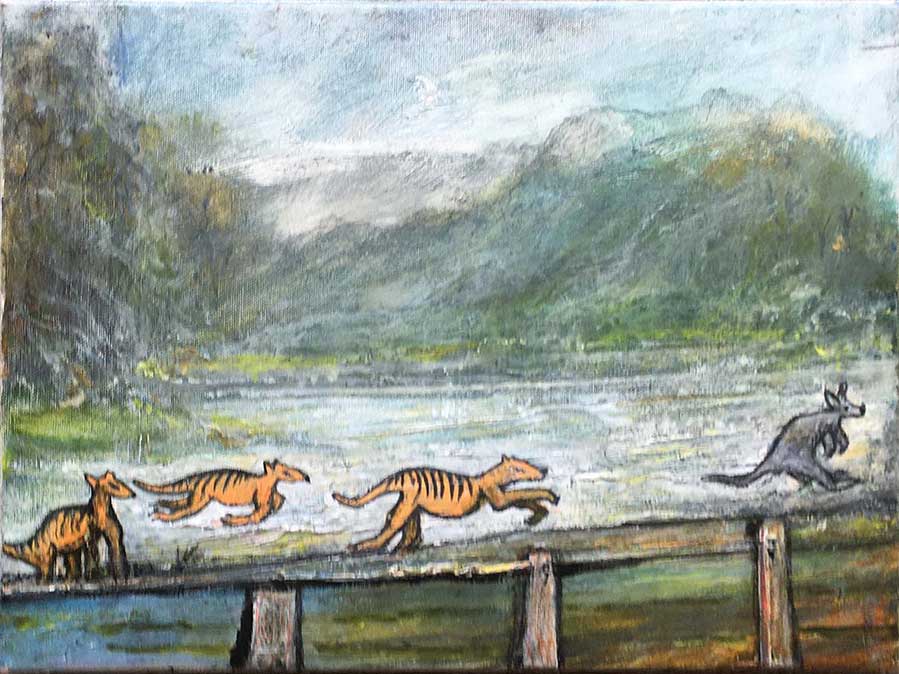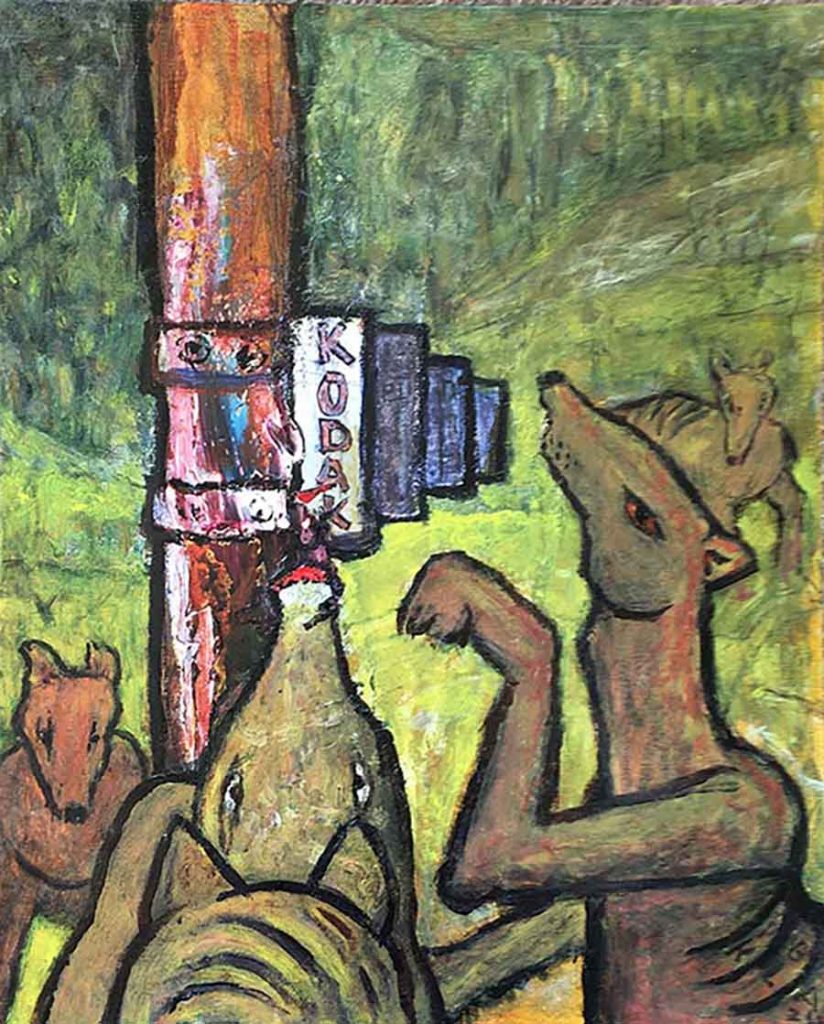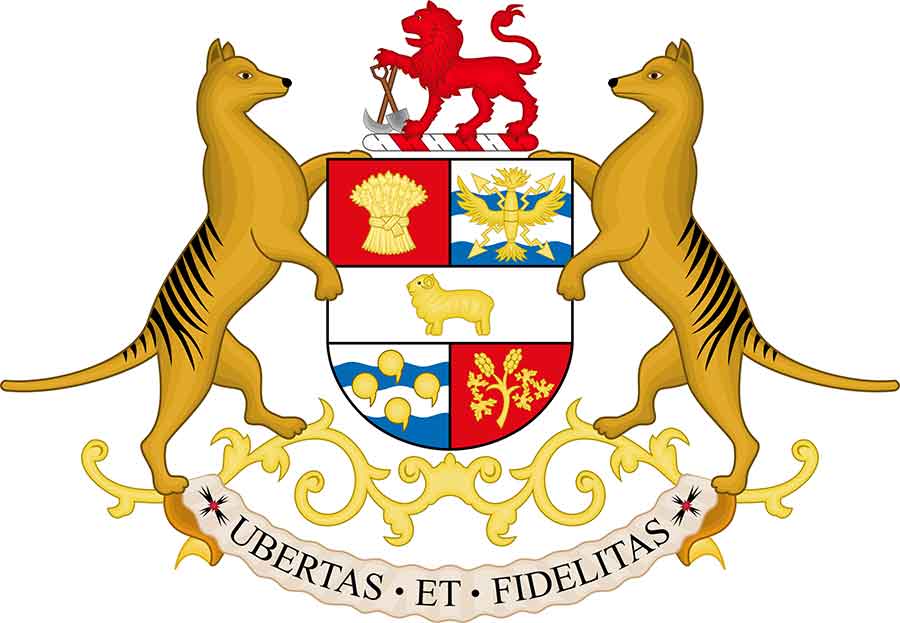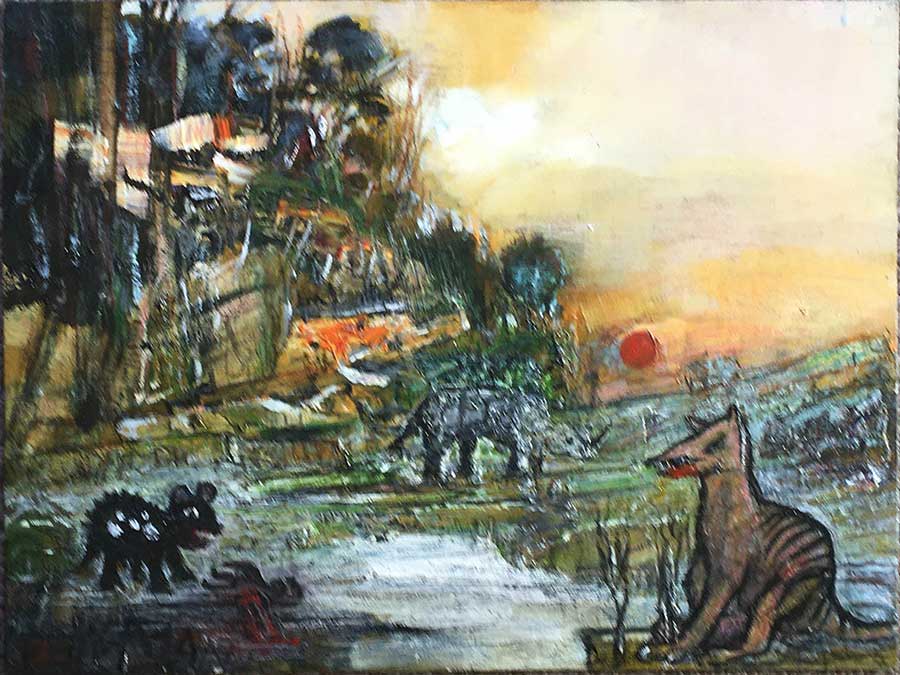
New graphic musings on a recent human tragedy
Hardcover 210 x 237mm, 156 pages, colour. ISBN 978-1-7641447-1-1
$A50 plus $A15 postage within Australia
Download this sample PDF

New graphic musings on a recent human tragedy
Hardcover 210 x 237mm, 156 pages, colour. ISBN 978-1-7641447-1-1
$A50 plus $A15 postage within Australia
Download this sample PDF
This section appears to be devoid
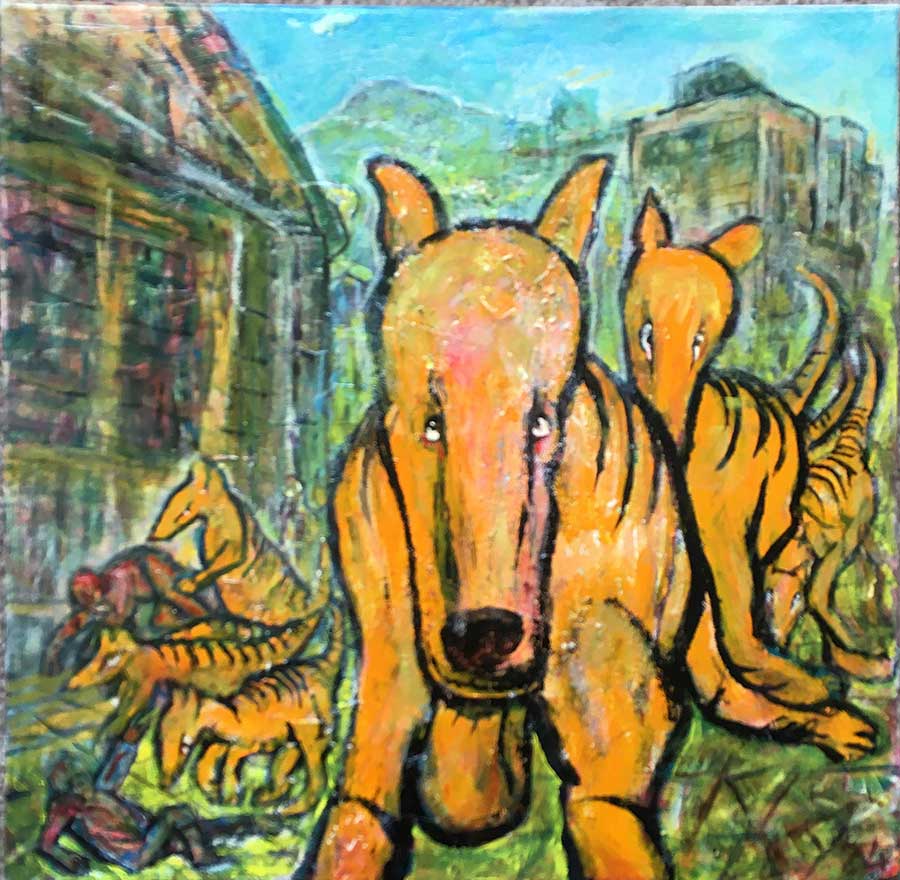












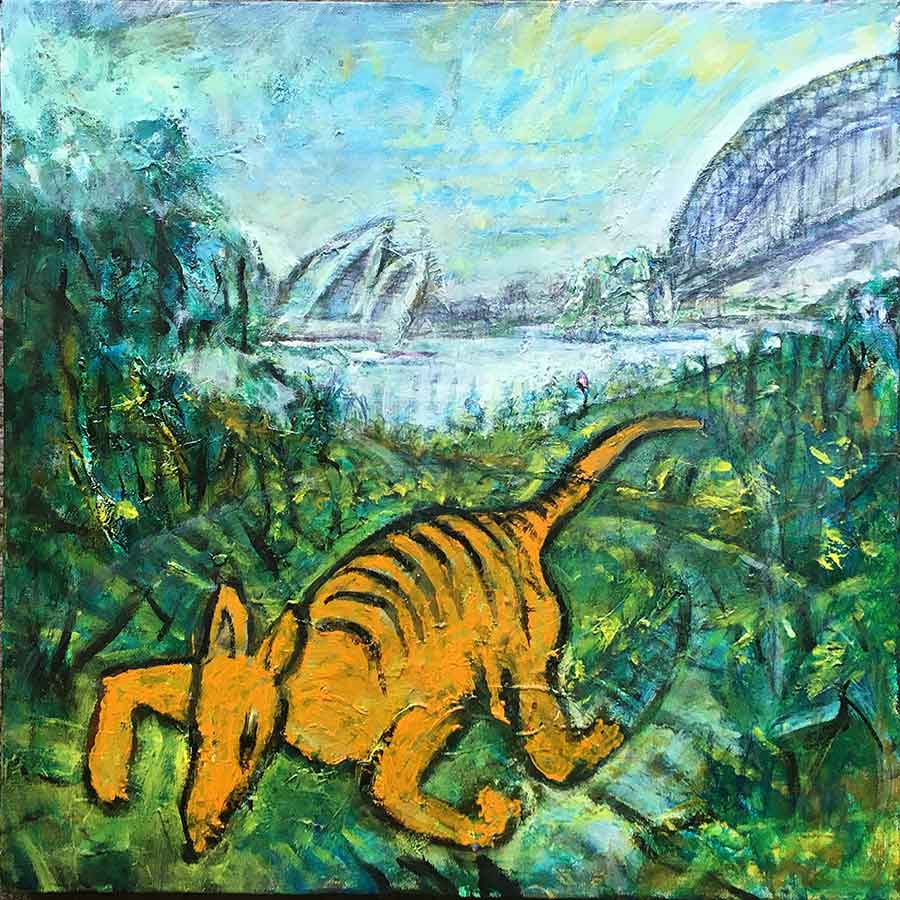

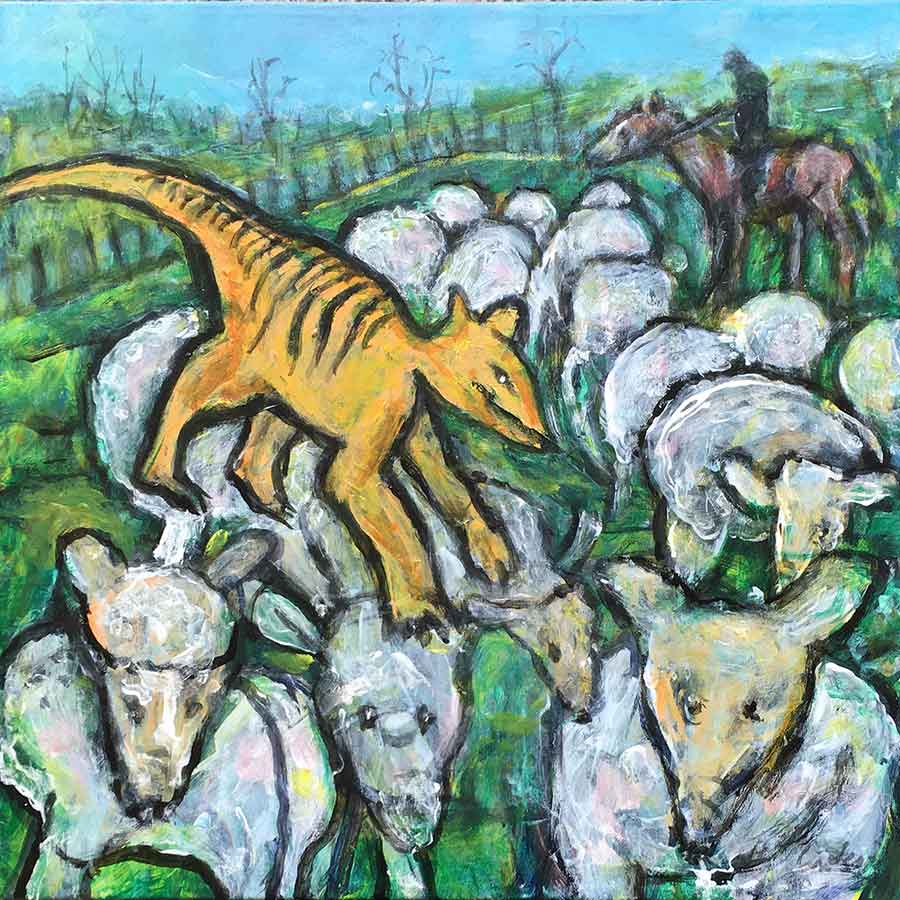










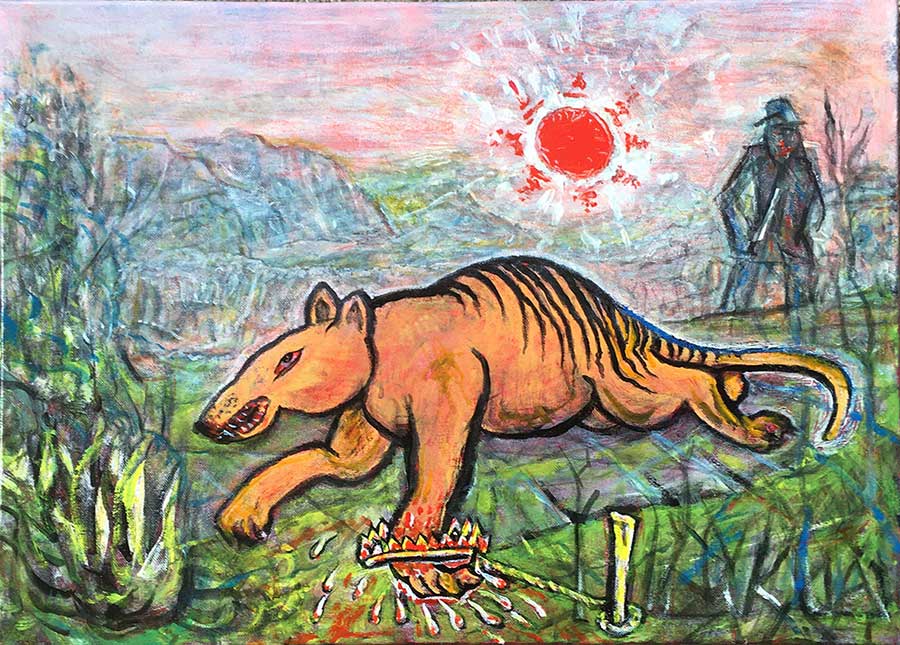

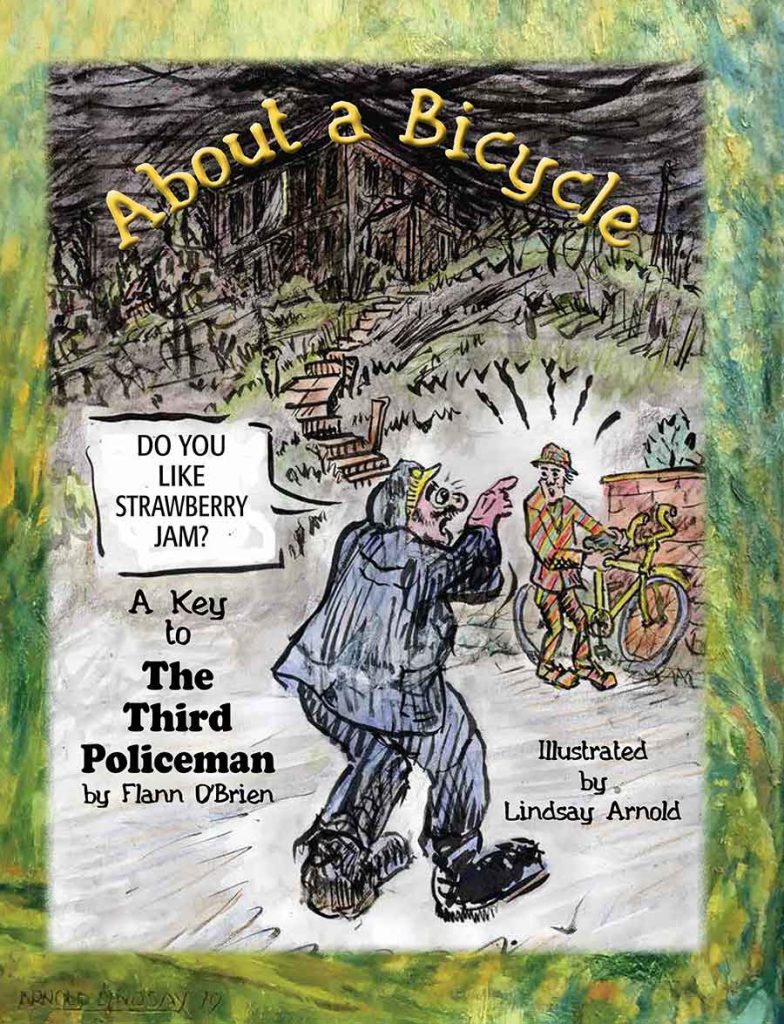
“I was attracted to Irish writers at an early age. Pethaps from seeing the notorious TV interview with a scronulated Brendan Behan, which was satirised on a track of Peter Sellers’ first 10-inch LP recording.
‘Thus began a spurious hagiography from an “Agency”
I have deleted it for your added pleasure. If you’ve not read the 3rd policeman About a Bike may, but nothing else will help you.
‘This graphic version, as stated within, is a tribute.
You can find out more about Flann O’Brien and The Third Policeman on this Wikipedia page.




